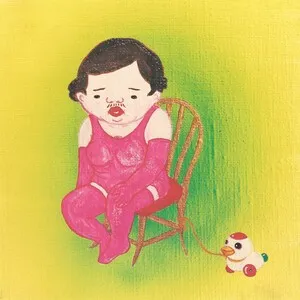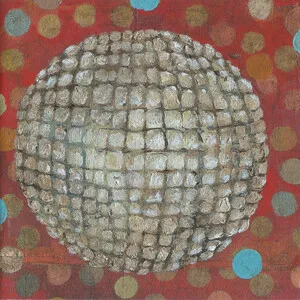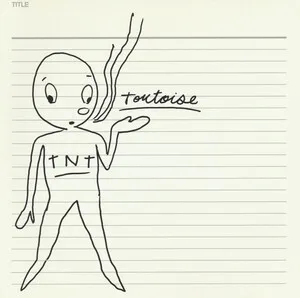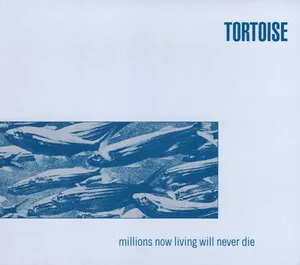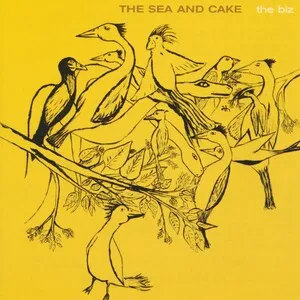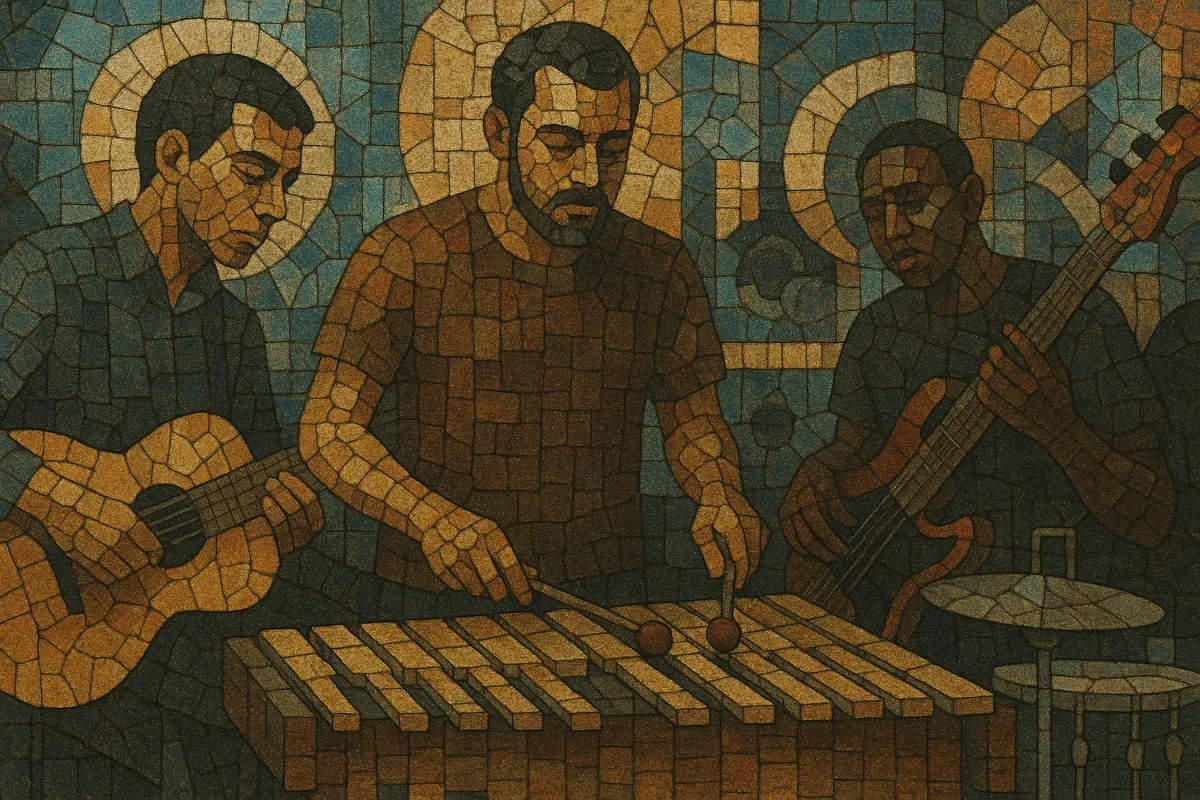
Chicago school refers to a mid‑to‑late 1990s post‑rock movement centered in Chicago whose artists fused jazz sensibilities, minimalist repetition, and studio experimentation into an understated, largely instrumental sound.
Albums typically feature interlocking percussion (often including vibraphone and marimba), dub‑style bass and mixing techniques, clean guitars, and subtle electronics. Rather than spotlighting solos, arrangements emphasize texture, groove, and ensemble interplay. Labels such as Thrill Jockey, Drag City, and Touch and Go served as hubs, and personnel frequently overlapped across groups, giving the scene a collaborative, modular character.
Chicago’s rich jazz and improvisation culture, the legacy of the AACM, and the city’s independent rock infrastructure (venues, studios, labels) set the stage. Early post‑rock ideas from the UK (Talk Talk, Bark Psychosis) and German krautrock’s motorik repetition informed local musicians who were equally comfortable with indie rock, jazz, and avant‑garde composition.
The style crystallized around groups such as Tortoise, Gastr del Sol, and The Sea and Cake. Producers and multi‑instrumentalists like John McEntire treated the studio as an instrument, introducing dub‑inspired space, meticulous editing, and mallet percussion into rock contexts. Thrill Jockey, Drag City, and Touch and Go issued landmark records that defined the movement’s cool, textural, and rhythm‑forward ethos.
As personnel dispersed into projects like Isotope 217°, Chicago Underground Duo/Trio, and Brokeback, the language branched into chamber‑like minimalism, nu‑jazz inflections, and indietronica. The scene’s techniques—tight ensemble grooves, modular arranging, and a production‑first mindset—shaped later post‑rock, math‑adjacent indie, and jazz‑leaning experimental pop. Even outside Chicago, artists adopted its understated dynamism and emphasis on sound design over traditional rock theatrics.

